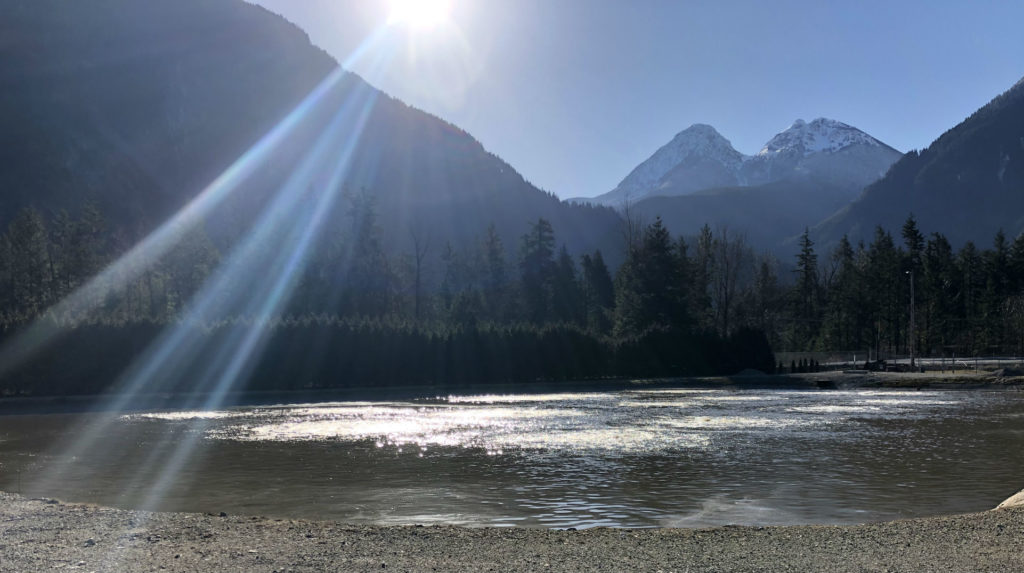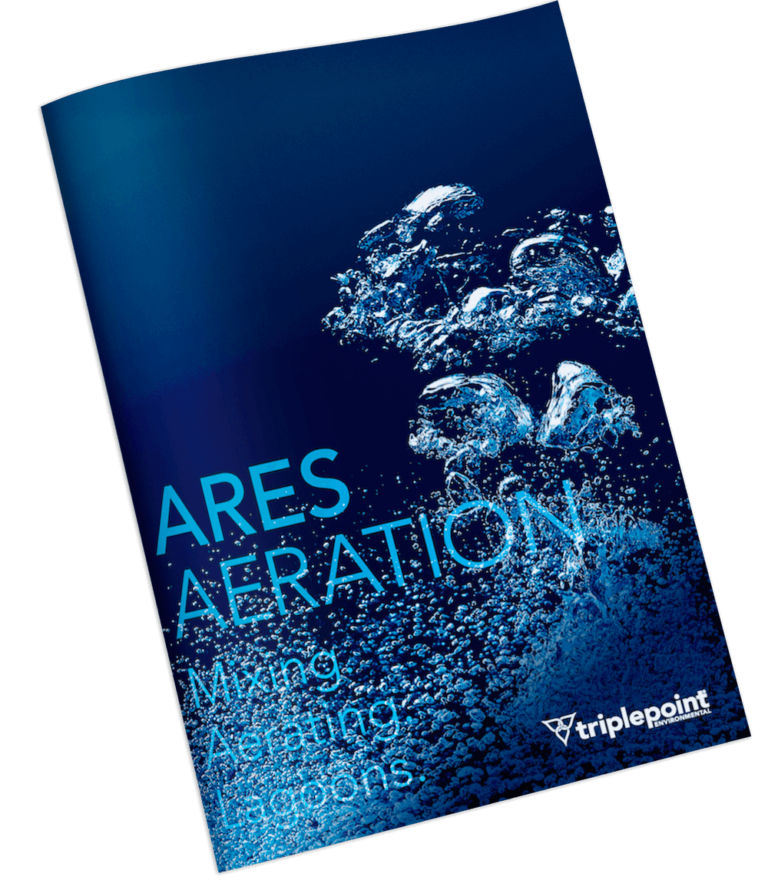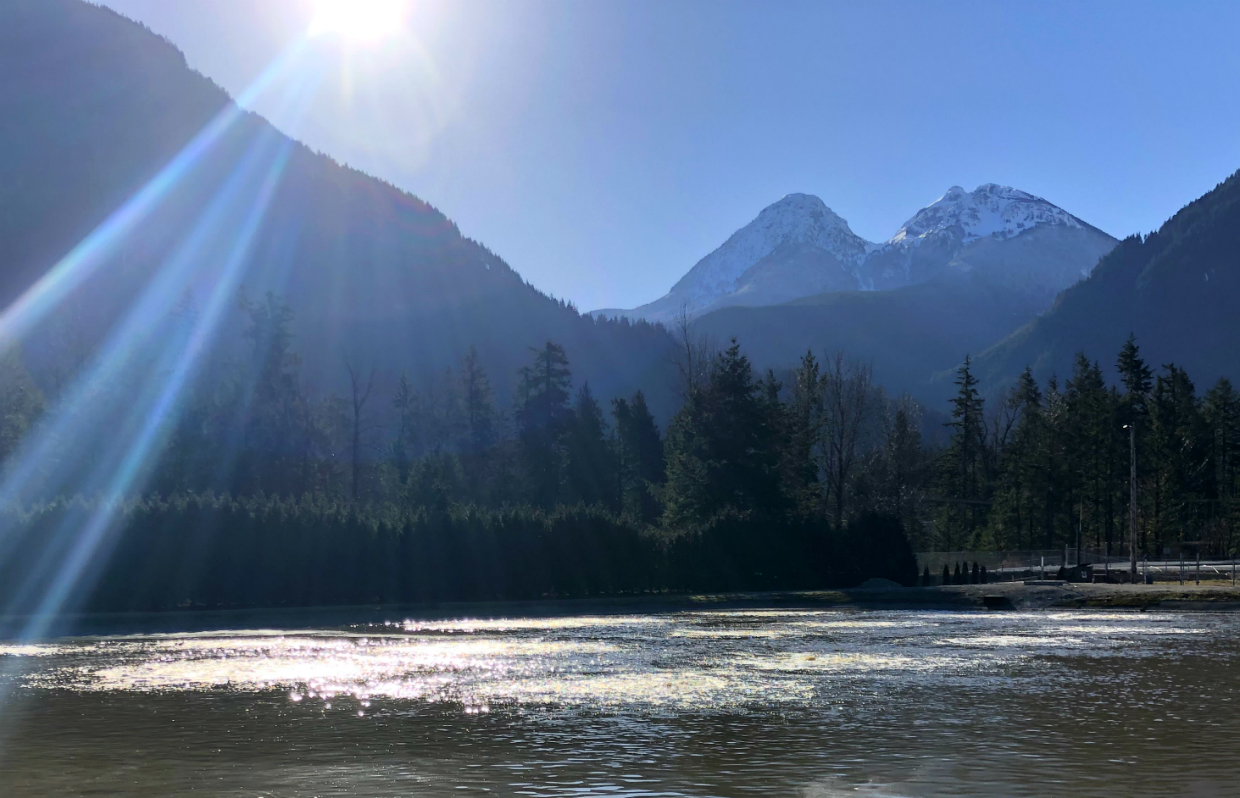
A wastewater pond requires sufficient Dissolved Oxygen (DO) to satisfy Biological Oxygen Demand (BOD) and Nitrogenous Biochemical Oxygen Demand (NBOD). Without DO, a pond can experience odors and high effluent BOD and can even go septic. Often DO problems can be resolved quickly by improving oxygen transfer or adding more air. However, it’s important to diagnose what’s happening when air is going into the lagoon yet there’s insufficient DO to meet treatment requirements.
Three Pathways for Wastewater Pond DO
If air is going into the lagoon, there are three pathways for dissolved oxygen: it is consumed, it remains in the water, or it escapes into the atmosphere.
1.) DO is consumed by metabolizing microorganisms: The most obvious pathway is for the oxygen to be consumed in the process of breaking down BOD or ammonia. If the aeration system is properly designed, appears to be functioning correctly, and yet the DO is low, there are several possible causes:
- Higher than expected influent BOD: Understanding the influent loading is critical. If actual loading is higher than the design loading, DO is low due to oxygen demand that is over and above the design. It’s also possible that there are industrial users on the system that are sporadically contributing high BOD dumps that will overload the lagoon and cause DO to plummet.
- Existing sludge: The volatile portion of existing sludge exerts an oxygen demand, which is often overlooked when aeration systems are replaced. (Read Lagoon Aeration System Design: Calculations and Common Pitfalls for more on this topic.) The replacement of a surface aeration system, where sludge is allowed to accumulate, with Triplepoint’s Ares Aeration®, which mixes from the bottom of the lagoon up, disrupts the sludge. The suspended liquefied sludge is then consumed by the biomass, which requires DO.
- Startup BOD loading: If a newly cleaned pond is restarting and is already filled with influent, this instantaneous loading far surpasses the design loading and can take months to overcome. Bioaugmentation, or reseeding with bacteria, may help this process.
2.) DO remains in the water: If there is more oxygen in the water than there is time or food for the bacteria to consume it, it will remain in the water column as DO. The downside of a consistently excessive DO level is wasteful power consumption and unnecessary stress on equipment. Read Lagoon aeration: Can you have too much? for more.
3.) Oxygen is released into the atmosphere: There are a number of possible scenarios in which a bubble could reach the surface of the pond without transferring all of its available oxygen to the water:
- Large bubbles: Old or damaged diffusers can produce larger bubbles. Fine bubbles may coalesce into larger bubbles when diffusers are installed too closely together. Larger bubbles are less efficient at transferring oxygen to water due to their relatively low surface area. Their higher buoyancy causes them to rise quickly through the water column, reducing the amount of time to transfer air.
- Surfactants: Significant FOG or other surfactants can build up on the bubbles as they rise and prevent the oxygen from transferring to the water. This can happen in systems that accept wastewater from industrial facilities or where cooking oils are put down the drain.
- Inlet air quality: Inlet air to the blower that is contaminated in any way and has lower than normal oxygen levels will limit DO transfer.
Other Causes of Low Wastewater Pond DO
- Insufficient air coming from the blower: either due to higher-than-expected backpressure or insufficient capacity.
- Improper DO Measurement: A Partial Mix environment won’t necessarily yield uniform DO measurements throughout the pond, so using a single point as a representative of the whole is not adequate.
- Ragging on a diffuser could cause the membrane to split open or for there to be poor oxygen transfer efficiency.
Solutions to Wastewater Pond DO Problems

1.) Add more air, or add more diffusers in order to transfer the air more efficiently. Verify blower airflow is sufficient based on either direct airflow measurement or by cross-referencing current system pressure to original blower curves.
2.) Use available valves to ensure air distribution evenly across all cells and diffusers. The better the distribution of air, the higher the oxygen transfer efficiency.
3.) If diffusers in some locations are operating at lower airflow then others, then
- Check the depth of those diffusers relative to the others and adjust as necessary. All diffusers should be at the same level to ensure uniform air distribution.
- Blow out any water that may be trapped in the diffuser or lateral.
4.) Conduct a lagoon DO profile, measuring DO levels at different depths and locations across the lagoon, and compare that to the original measurement point. DO levels can change significantly throughout the day; lagoon expert Steve Harris recommends testing in the early morning and again at midday.
5.) Test within each pond to verify the influent and effluent in each cell.
6.) Verify any industrial users on the system and determine what they could be putting into the pond.
7.) Pull up diffusers to inspect for damage or improper assembly.
Ensuring sufficient wastewater pond dissolved oxygen levels
A dissolved oxygen level of 2.0 mg/L is the generally accepted sweet spot to ensure efficient lagoon BOD treatment and prevent odors without wasting energy. However, simply pumping air into the pond isn’t enough: a pond requires mixing to get the oxygen in contact with the food and bacteria.
Triplepoint’s Ares Pond Aerator combines efficient fine bubble aeration and robust coarse bubble mixing in a single portable unit, to both add and distribute DO. Download our brochure or request a free, no obligation quote.
Download the Ares Aeration brochure.
Triplepoint’s Ares Aeration® System ensures optimum wastewater pond DO.


